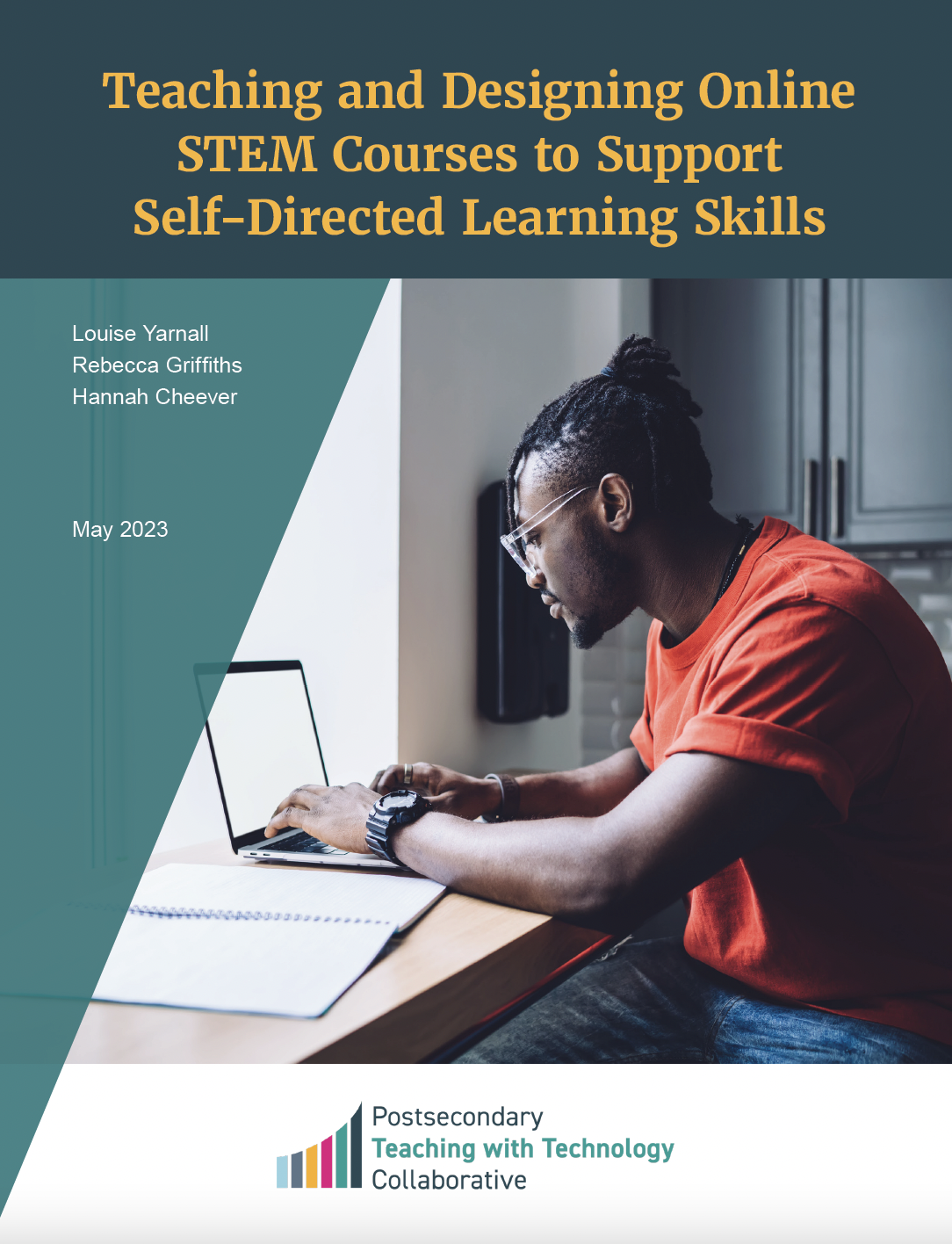
The pandemic showed that online learning is here to stay and underscored the need for STEM faculty to incorporate instructional strategies to help their students to manage their learning.
The COVID-19 pandemic gave college faculty and instructional support staff a crash course in online teaching and course design. Educators and students alike discovered certain benefits of online courses, but the shift to “online all the time” bore out the warning in past research that online learning—particularly asynchronous, self-paced courses that lack live interaction between faculty and students—puts more demands on students to manage their own learning and is associated with lower pass rates. The shift also revealed that many faculty have not been adequately prepared for the challenges of teaching and learning online, and that faculty often lack access to resources and institutional support for using technology effectively to foster student learning.
In this paper, we provide practitioners with guidance around how to build students’ self-directed learning mindsets and skills. We also review the theory and scientific evidence on instructional strategies that can be integrated into STEM courses and have been shown to help students understand and use self-directed learning processes. We present an initial attempt at translating these ideas and evidence into an actionable framework to guide the design of instructional strategies in online and hybrid courses.
Read the report: Teaching and Designing Online STEM Courses to Support Self-Directed Learning Skills
Categories: Publications